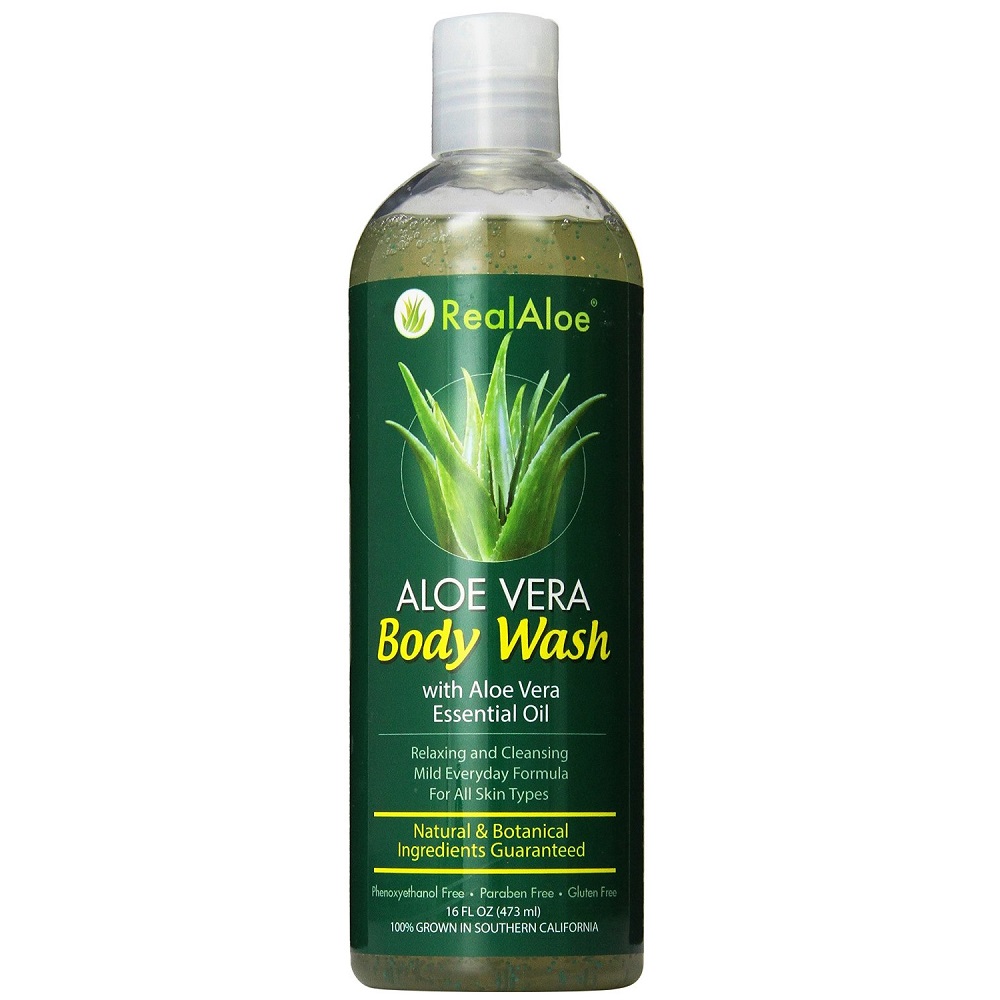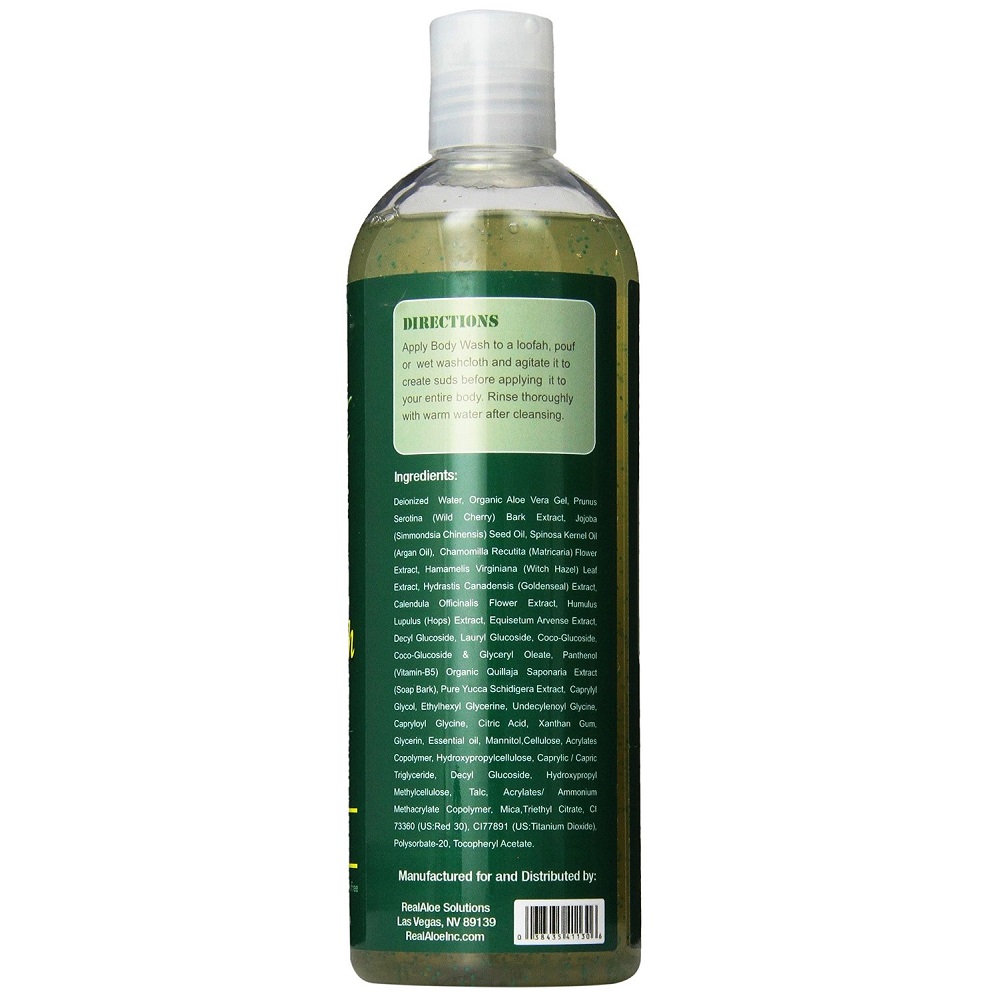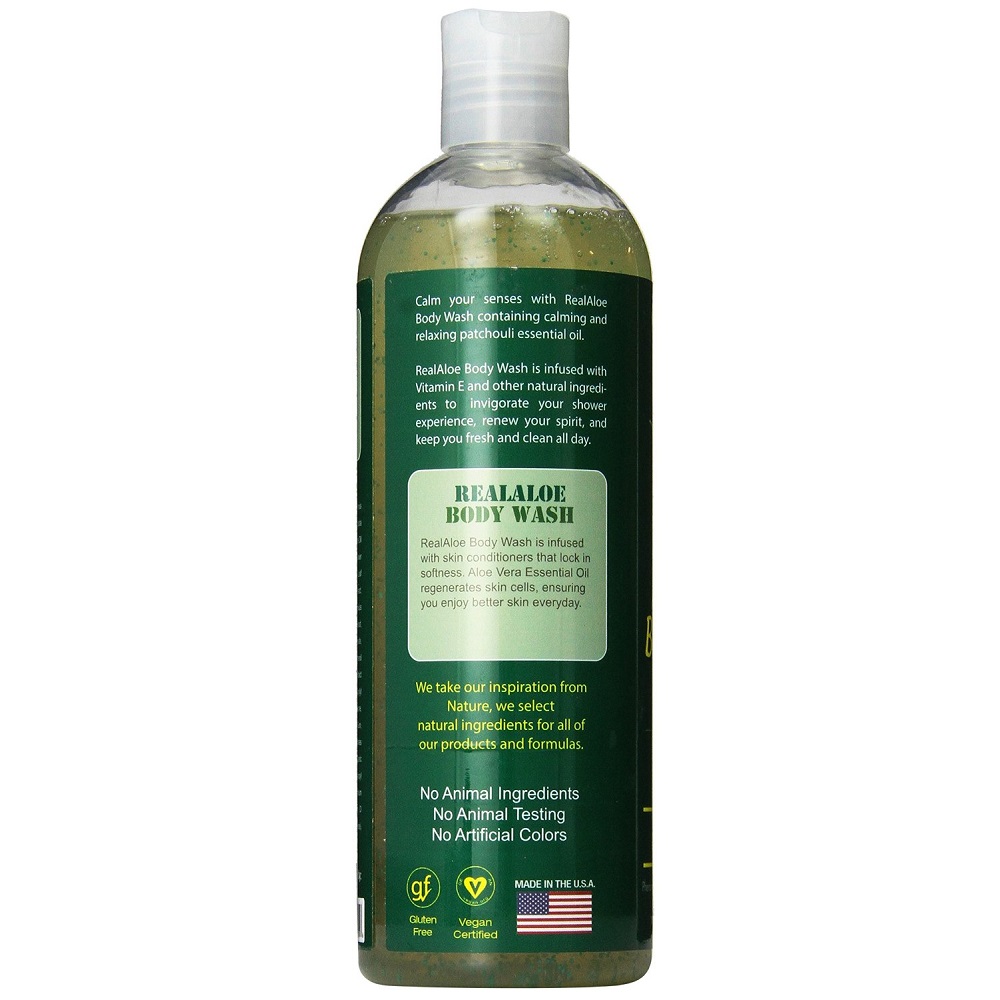| Organic Aloe Vera Gel | Aloe (often called aloe vera) produces two substances, gel and latex, which are used for medicines. |
|---|
| Prunus Serotina Bark Extract | Wild cherry is used for colds, whooping cough, bronchitis and other lung problems;diarrhea; gout; digestive disorders; pain; and cancer. It is also used in cough syrups because of its sedative, expectorant, drying, and cough-suppressing effects. |
|---|
| Jojoba Seed Oil | Jojoba is a shrub that is grows in dry regions of northern Mexico and the southwestern US. Jojoba oil and wax are produced from the seeds and used for medicine. |
|---|
| Spinosa Kernel Oil | Argan oil contains tocopherols (vitamin E), phenols, carotenes, squalene, and fatty acids, (80% unsaturated fatty acids) The main natural phenols in argan oil are caffeic acid, oleuropein, vanillic acid, tyrosol, catechol, resorcinol, (−)-epicatechinand (+)-catechin. |
|---|
| Chamomilla Recutita | Chamomilla recutita is also used as a mild laxative and is anti-inflammatory and bactericidal. German chamomile is used in herbal medicine for a sore stomach, irritable bowel syndrome, and as a gentle sleep aid. |
|---|
| Hamamelis Virginia Leaf Extract | Witch Hazel (Hamamelis virginiana) is a shrub, about six to eight meters tall and original from North America. |
|---|
| Hydrastis Canadensis Extract | Hydrastis is used to treat any array of health conditions, especially those related to the mucus membranes. |
|---|
| Calendula Officinalis Flower Extract | One of the best reasons to keep calendula handy is due to its healing abilities. If you apply calendula flower oil to your cuts, scrapes, bruises, and insect bites, you can quickly speed the healing process, partially due to the anti-inflammatory properties of the oil, in addition to the unique antioxidant compounds found in this miraculous plant. |
|---|
| Humulus Lupulus Extract | Humulus is a plant. The dried, flowering part of the plant is used to make medicine. |
|---|
| Equisetum Arvense Extract | Horsetail is a plant. The above ground parts are used to make medicine. |
|---|
| Decyl Glucoside | Used for sensitive skin cleansers |
|---|
| Lauryl Glucoside | Used for skin conditioning properties |
|---|
| Coco-Glucoside | Used sensitive skin cleansers |
|---|
| Glyceryl Oleate | Used for skin condition agent |
|---|
| Panthenol | It is used as a hair and skin conditioner |
|---|
| Organic Quillaja Saponaria Extract | Soap Bark is a plant. The inner bark is used as medicine. |
|---|
| Pure Yucca Schidigera Extract | Used for skin diseases |
|---|
| Caprylyl Glycol | A humectant and skin conditioning agent that lends moisturization, emollience and wetting properties to many cosmetic solutions. |
|---|
| Ethylhexylglycerin | Ethylhexylglycerin is a topical skincare ingredient and deodorizing agent, often indicated as a conditioning ointment in the treatment of eczema. |
|---|
| Unecylenoyl Glycine | It is ideal for sensitive skin. |
|---|
| Capryloyl Glycine | Capryloyl Glycine is a functional ingredient with many benefits. It can restrict the growth of bacteria. |
|---|
| Citric Acid | Used for skin care |
|---|
| Xanthan Gum | Xanthan gum is frequently added to semiliquid cosmetics and lotions. Adding xanthan gum to cosmetic agents allows for a smoother, more even application. Xantham gum can also be found in medications and pills, and has been used alone as a synthetic saliva for people who suffer from dry mouth. |
|---|
| Glycerin | Glycerin is what is called a humectant. Glycerin helps maintain the skin’s water balance on an intercellular level. Glycerin in lotions or other skin care products can help prevent or combat dry skin. |
|---|
| Essential Oil | Due to the numerous health benefits of essential oils, they are increasingly being explored by the scientific community for the treatment of a variety of diseases including cancer, HIV, asthma, bronchitis, heart strokes, and many more. |
|---|
| Mannitol | Mannitol is an osmotic diuretic. It works by increasing the amount of fluid excreted by the kidneys and helps the body to decrease pressure in the brain and eyes. |
|---|
| Cellulose | Cellulose provides structure and strength to the cell walls of plants and provides fiber in our diets. Although some animals, such as ruminants, can digest cellulose, humans cannot. |
|---|
| Acrylates Copolymer | It is also what makes many products “water-resistant.” It gives a smooth and glossy finish when applied to the hair/skin |
|---|
| Hydroxypropylcellulose | Hydroxypropyl cellulose (HPC) is a derivative of cellulose with both water solubility and organic solubility. It is used as a topical ophthalmic protectant and lubricant. |
|---|
| Caprylic/Capric Triglyceride | Caprylic mainly works as an emollient, dispersing agent and solvent. |
|---|
| Decyl Glucoside | Used for sensitive skin cleansers |
|---|
| Hydroxypropyl Methylcellulose | Hydroxypropyl methylcellulose (commonly referred to as HPMC) is a chemically modified cellulose polymer that is off-white in color and considered safe for human consumption. |
|---|
| Talc | This powder has the ability to absorb moisture, absorb oils, absorb odor, serve as a lubricant and produce an astringent effect with human skin. |
|---|
| Acrylates | Used for skin protection |
|---|
| Mica | Softer and more radiant skin tone |
|---|
| Triethyl Citrate | Triethyl citrate is an ester of citric acid. It is a colorless, odorless liquid used as a food additive (E number E1505) to stabilize foams, especially as whipping aid for egg white. |
|---|
| Titanium Dioxide | Sunscreens designed for infants or people with sensitive skin are often based on titanium dioxide and/or zinc oxide, as these mineral UV blockers are believed to cause less likely skin irritation than chemical UV absorber ingredients |
|---|
| Polysorbate 20 | Used for skin care |
|---|
| Tocopheryl Acetate | It is used in a variety of cosmetic and personal care products, including lipstick, eye shadow, blushers, face powders and foundations, moisturizers, skin care products, bath soaps and detergents, and hair conditioners. |
|---|





Reviews
There are no reviews yet.